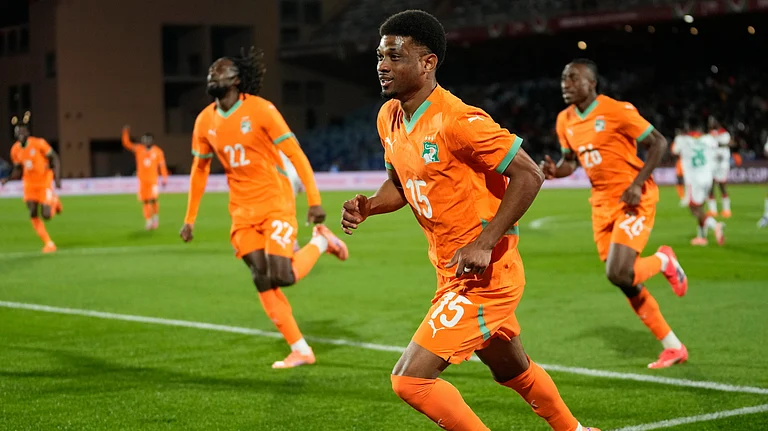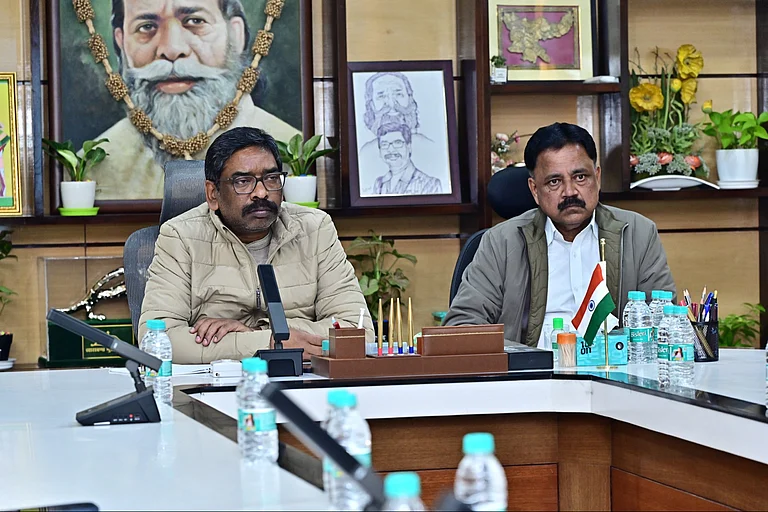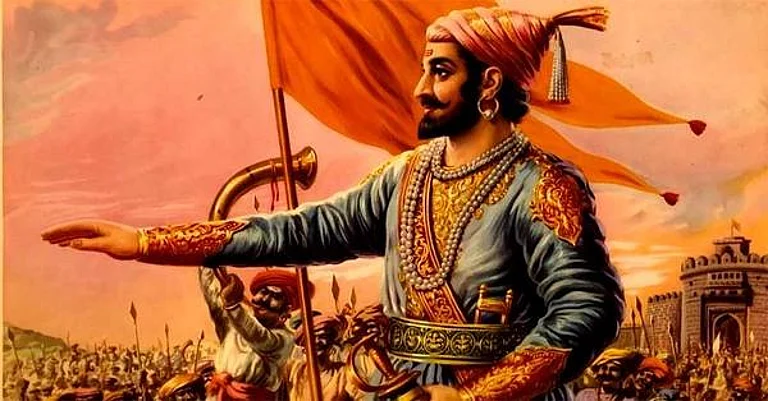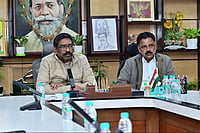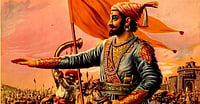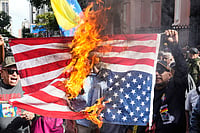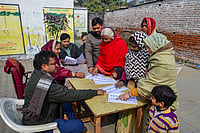Almost a month after the Sri Lankan army launched Operation Riverasa, it is poised to enter Jaffna. It has been slow going for the army, faced as it is by some stiff defence by the Liberation Tigers of Tamil Eelam (LTTE). "We are one kilometre from city limits," army spokesman Brigadier Sarath Munasinghe told journalists on November 17. "The army will consolidate for three to four days before launching the final offensive."
When the army captures Jaffna, it will be the first time since 1985 that it will take control of this vital city in the north. In 1985, India and Sri Lanka had arranged a ceasefire with the Tamil rebels, in which the army had been confined to barracks and the city was occupied and run by various Tamil militant groups. By 1986, the LTTE had killed the leaders of the Tamil Eelam Liberation Organisation and forced other rebel groups to hand in their weapons.
Getting rid of opponents, whether inside or outside the organisation, has never been a difficult proposition for the LTTE, which is what helped it to dominate the Tamil movement. In the process, the complexion of the LTTE leadership has also changed dramatically. Observers feel one of the reasons for the rejection of Sri Lankan President Chandrika Kumaratungas peace package was her failure to recognise the emergence of a new power structure in the LTTE.
The murder of former rebel military commander Mahattya after a year in captivity opened a new chapter in the chequered history of the LTTE. "Mahattya is no more. He was executed for plotting to kill Prabhakaran," said the LTTEs chief ideologue Anton Balasingham. The killing ended the domination of the pre-1983 anti-Tamil riots generation of LTTE leaders. Apart from Prabhakaran, Baby Subramaniam is the only first generation leader still alive and associated with the movement. The second-rank leadership comprising Sadasivam Krishna Kumer (Kittu), Gopalsamy Mahendrarajah (Mahattya), Charles Antony and Uma Maheswaran (who later broke away from the LTTE to form PLOTE), are all dead. Theoreticians like Ragavan, Nirmala Nithyanandam, Rahim and Raghu have left the organisation and are in the West. The politics of the new generation of young leaders is distinctly different from the earlier one.
The present leadership (see box) was not involved in the earlier phases of the struggle and it has no faith in any of the political parties in South. The average age of this leadership is 25, which means most of them were five years old when Prabhakaran formed the LTTE in May 1976, notes V Balakumar, former general secretary of EROS and now a senior LTTE leader. "The present leaders and cadres joined us not out of any larger political or ideological compulsion. They were the direct victims of the Sinhala oppression and every one of them has lost at least one person in his/her family to state terrorism." Hence, the mood of these leaders and cadres is much more militant and unbending.
Unfortunately, the change in attitude was overlooked while planning the peace package, leaving the people of North-East Sri Lanka trapped between intransigent warmongers and unimaginative peacemakers. Even New Delhi still talks about the salient features of the Indo-Sri Lankan agreement of July 1987, the extradition of Prabhakaran, Pottu Amman and Akila, the prime accused in the Rajiv Gandhi assassination. Akila, who headed the LTTEs women intelligence wing was killed in the latest Sri Lankan offensive, which has brought the Army to the gates of Jaffna.
Apart from Akila, the army claims that Balraj, the deputy commander of the LTTEs military wing, was injured in the fighting.
For the final assault, the Air Force will deploy three MI-24 armour-plated helicopter gunships. The gunships and their pilots have been loaned by Russia, which is expected to delivery six such helicopters to Colombo in December. This will be first time that these gunships which can fly low to avoid anti-aircraft missiles in the LTTEs arsenal will be used. The Air Force is also expecting some Kfir ground attack aircraft and their pilots from Israel, though they are unlikely to arrive in time for the final offensive.
But the troops will be entering a ghost town, as almost all its residents fled when the army tightened its grip on the area. Most of them have taken refuge in Chavakachcheri, south of Jaffna. "There are at least 90,000 people in camps in this area. There are many more living with relatives and friends. We do not have an exact figure," says Gerard Peytrignet, head of the International Committee of the Red Cross in Colombo. However, "food is there. The problem is shelter and sanitation. We are working on it. It is not a crisis situation." But there are fears that the LTTE may use the civilians as human shields when the Army makes its final move.








